The B2B Leader’s Guide to Google Remarketing: How to Re-Engage and Convert High-Intent Buyers in 2026
- Last updated on: November 24, 2025
Google remarketing isn’t just another paid media tactic—it has become one of the most predictable and ROI-positive channels in B2B marketing. According to Intent Amplify’s latest buyer behavior report, 90% of B2B buyers revisit a website multiple times before making a decision, often in silent research cycles where no form is filled out, and no demo is booked. We saw this firsthand with a fast-growing SaaS client whose analytics revealed that high-value prospects were returning repeatedly to pricing pages, integration guides, and case studies—yet never converting. They weren’t losing demand; they were losing visibility during the moments that mattered most. Once we activated a structured Google remarketing strategy to re-engage these buyers across Search, YouTube, Gmail, and the Display Network, the results were immediate: a 42% lift in demo requests, a 31% drop in cost per opportunity, and stronger engagement from late-stage accounts. This is why Google remarketing has become an essential growth lever for B2B leaders—it keeps your brand present exactly when buyers are evaluating, comparing, and deciding.
In 2026, Google remarketing will continue to be a core growth strategy for modern B2B teams. Why? Because it helps you reconnect with high-intent audiences who already know your brand but haven’t yet converted. Remarketing boosts conversion rates, improves ROI, and strengthens your demand generation engine across the full funnel.
If you lead marketing, sales, or growth in a B2B company, remarketing offers unmatched value. It revives pipeline, reinforces brand recall, and keeps you in front of warm prospects during their most active evaluation stages. Below is a clear and practical guide to help you use Google remarketing with confidence.
Why Google Remarketing Matters in B2B?
Most B2B buyers do not convert on the first visit. Buying cycles are long and involve many stakeholders. Remarketing fills this gap by bringing users back when they are ready. It supports your nurture programs, improves brand recall, and keeps your solution top of mind during active research and validation.
How Google Remarketing Works?
Google remarketing uses tracked behavior to show targeted ads to users who interacted with your brand. These users may have visited your site, viewed a solution page, downloaded a resource, or attended a webinar.
The system then shows relevant ads across Google Search, YouTube, Gmail, and the Display Network. This keeps your message alive while guiding users toward high-value actions.
Types of Google Remarketing for B2B Teams
Standard Remarketing
Standard remarketing displays ads to past website visitors across the Google Display Network and partner sites.
For example, if a prospect from a mid-market cybersecurity company visits your Pricing or Solutions pages and leaves without converting, they will continue seeing your ads while browsing industry blogs, news websites, or other trusted platforms.
This approach is effective because B2B buyers typically conduct extensive online research before engaging with sales. According to Google’s research, nearly 96% of website visitors do not convert on their first visit.
Standard remarketing keeps your brand visible throughout this research journey and helps drive return visits from warm, engaged audiences.
Dynamic Remarketing
Dynamic remarketing serves personalized ads based on the specific products or solutions a user viewed on your website.
For instance, if a CTO reviews your Cloud Compliance Module and Cost Optimization Dashboard, Google automatically generates ads that showcase these exact features across Display, YouTube, and Gmail. This level of personalization increases relevance significantly.
According to Google’s internal benchmarks, personalized ads can increase conversion rates by up to 2.5X. Dynamic remarketing is especially effective for SaaS companies with multiple modules, subscription tiers, or solution categories.
Search Remarketing (RLSA)
Search remarketing targets warm audiences who have previously visited your site when they later search for relevant industry keywords on Google Search.
For example: A security analyst visits Cyber Technology Insights and reads an in-depth article titled “Top XDR Platforms for 2025.” They spend several minutes reviewing the comparison charts and case studies—but leave without converting. Then, two days later, they search on Google for “best XDR tools for SOC teams” or “XDR vs SIEM advantages.”
Because they have already visited Cyber Technology Insights, your campaign gives this user higher bidding priority and shows your ad at the top of their search results.
Warm audiences like this convert three to five times more than cold searchers (based on Google data). Search remarketing is ideal for competitive, high-intent keywords—such as XDR, SASE, IAM, or cloud workload protection—where you want to focus spend on prospects already familiar with your brand.
Video Remarketing
Video remarketing targets users who have previously interacted with your YouTube videos or channel content.
For example, if a prospect watches your two-minute product demo or feature overview but does not visit your website, Google can retarget them with follow-up ads such as “See how this platform reduces operational costs by 40%.”
YouTube is the world’s second-largest search engine, and Google’s data shows that viewers exposed to remarketing videos are 70% more likely to convert. This makes video remarketing particularly valuable for B2B brands that rely on education, storytelling, and credibility-building during long buying cycles.
Customer List Remarketing (CRM-Based Remarketing)
Customer list remarketing uses CRM or marketing automation data—such as contacts from Salesforce, HubSpot, or Marketo—to target known leads, opportunities, or accounts. For example, you can upload lists of open opportunities, inactive leads, ICP accounts, or renewal customers. Google matches these email addresses to logged-in accounts and displays highly targeted ads across Search, Display, Gmail, and YouTube.
This approach typically yields the highest conversion rates among all remarketing types. Match rates range between 60% and 70%, depending on the industry and email domain quality.
Customer list remarketing is exceptionally powerful for ABM programs, pipeline acceleration, cross-sell/upsell, and re-engagement campaigns.
Benefits for B2B Growth and Revenue Teams
- Boosts Conversions at Lower Costs – Warm audiences convert faster and cheaper than cold leads.
- Strengthens Your Full Funnel – Remarketing supports awareness, nurture, and conversion phases.
- Aligns with ABM – Account lists help you deliver tailored messages to ICP accounts.
- Improves Lead Quality – Engaged users often move deeper into the buying cycle.
- Enhances Attribution – Remarketing adds clarity to multi-touch journeys.
How B2B Leaders Can Use Remarketing Effectively
1. Retarget High-Intent Behaviors
Target users who visited pricing pages, watched demos, or viewed product details. These signals indicate strong buying intent.
2. Run Account Level Remarketing for ABM
Retarget ICP accounts based on firmographics or known buyer actions. This helps you influence each stakeholder.
3. Support Your Sales Pipeline
Use remarketing to stay in front of open opportunities. This increases deal velocity and improves meeting acceptance rates.
4. Reinforce Content Syndication Programs
Send ads to users who downloaded content from third-party publishers. This strengthens brand recall and qualification.
5. Personalize by Funnel Stage
Awareness audiences should see value-focused messages.
Mid-funnel users should see case studies and industry proof.
Late-stage buyers should see demos and ROI messaging.
Common Mistakes B2B Marketers Should Avoid
- Targeting audiences that are too broad.
- Running the same ads for too long.
- Missing exclusions for converted leads or customers.
- Using high-volume but irrelevant landing pages.
- Ignoring frequency caps.
Why B2B Leaders Trust Remarketing for Growth?
Remarketing helps B2B brands stay visible across longer buying cycles. It improves conversion rates, reduces CPL, and boosts pipeline health. It also integrates well with CRM data, ABM platforms, and marketing automation tools. For enterprise teams, it adds a predictable and scalable layer to demand generation.
How Intent Amplify Helps You Win with Remarketing?
Intent Amplify supports enterprise teams with a full-funnel remarketing strategy. We build high-intent audiences, set up precise segmentation, and align ads with your ABM and demand generation goals.
Our programs also combine remarketing with content syndication, intent data, and omnichannel nurture. This ensures your brand stays in front of decision-makers at every step of the buying cycle.
FAQs
1. What is Google remarketing in simple terms?
It is a strategy that shows ads to people who have already engaged with your brand.
2. Does remarketing work for long B2B sales cycles?
Yes. It supports multi-stakeholder journeys and keeps your brand top of mind.
3. Is remarketing the same as retargeting?
Yes. Google often uses the term remarketing for retargeting.
4. How long should I run remarketing campaigns?
Run them continuously with periodic refreshes.
5. Can remarketing support ABM?
Yes. It works well with account lists, CRM segments, and firmographic targeting.




